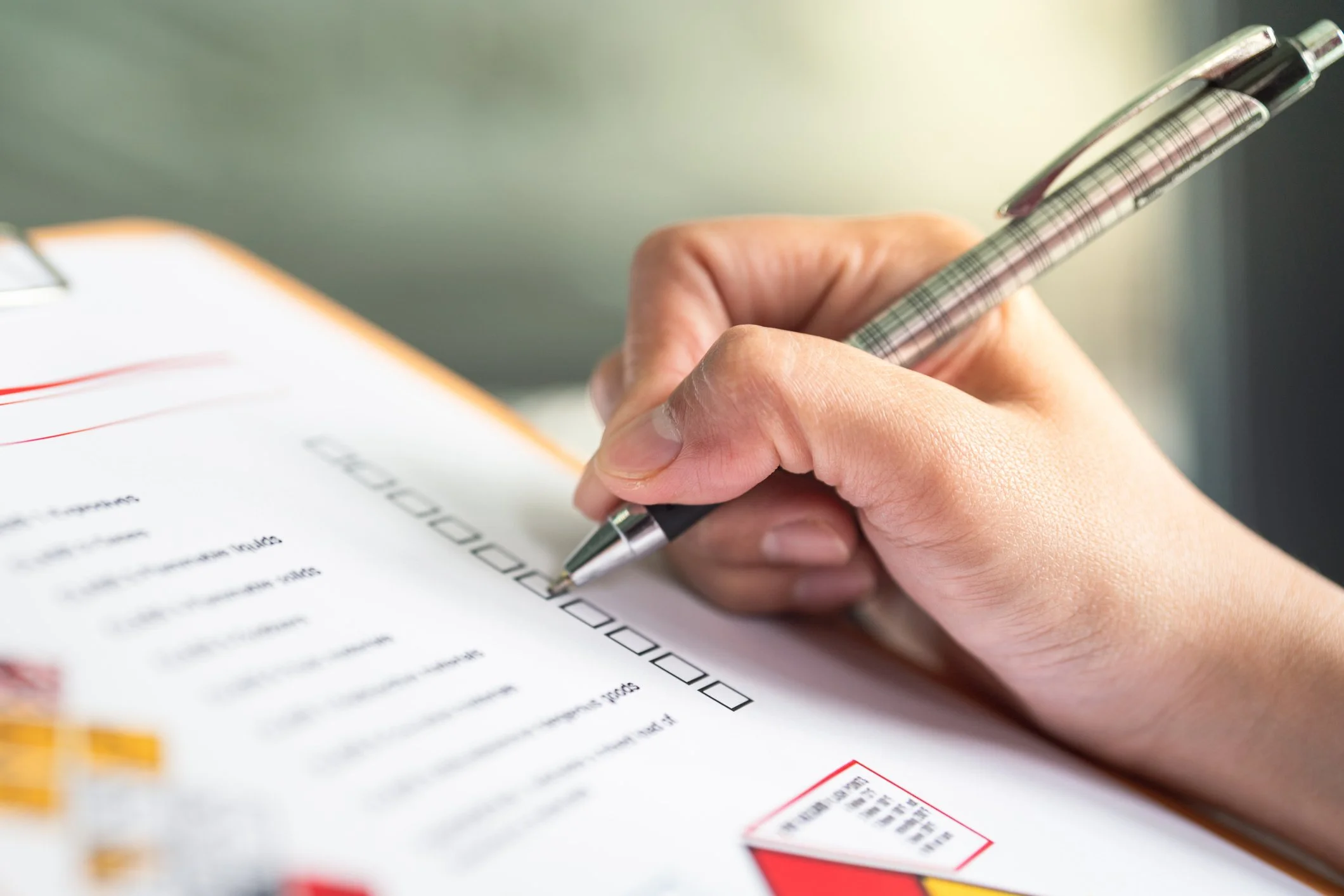Nonprofit Event Planning Checklist
Hosting an auction fundraiser can be one of the most effective and engaging ways to raise money for your cause. But behind every exciting bid and winning paddle is careful planning, organization, and follow-up. To help you run a seamless event, here’s a comprehensive auction fundraiser checklist broken down into key stages.
1. Planning
Every successful fundraiser starts with strong foundations. Begin by outlining your goals, budget, and timeline.
Set clear goals⎯How much money do you need to raise? Break this down into ticket sales, sponsorships, and auction item bids.
Choose on the type of auction⎯Silent, live, online, or hybrid? Each comes with different needs and opportunities.
Secure a date and venue⎯Consider competing events, holidays, and venue size. For online auctions, make sure to choose a user-friendly platform.
Build your team⎯Assign leads for sponsorships, procurement, marketing, logistics, and volunteer coordination.
Set a budget⎯Account for venue, catering, software, audio and visual equipment, decor, printing, and staff support.
2. Procure Auction Items
Your auction items set the tone for the entire event. The more curated your selection of items are, will help drive excitement, competition, and increase bids.
Make a wish list⎯Luxury experiences (vacations, backstage passes, chef dinners) often attract higher bids.
Reach out to sponsors⎯Reach out to businesses and community members for donations aligned with your audience’s interests.
Offer a variety auction items⎯Secure a mix of high-value items and affordable options so everyone can participate.
Track donations⎯Keep records of item descriptions, retail value, donor information, and any restrictions (e.g. blackout dates for travel).
3. Marketing & Promotion
The earlier and more consistently you promote your auction, the more excitement and bidders you’ll attract.
Start promoting early⎯Announce your event 3–4 months ahead.
Leverage multiple channels⎯Share the event on social media, email campaigns, direct mail, and a dedicated page on the organization's website.
Create anticipation⎯Share sneak peeks of auction items leading up to the event.
Highlight impact⎯Remind supporters what their bids will fund (e.g. scholarships, programs, equipment).
Engage sponsors⎯Highlight sponsors across your marketing channels to showcase their generosity and to hopefully inspire other donors.
4. Event Logistics
This is where behind-the-scenes details ensure a smooth, enjoyable event for your guests.
Select technology⎯Choose auction software that fits your needs. Use mobile bidding software for silent auctions or live-streaming for hybrid events.
Seamless check-in/check-out processes⎯Make it fast and easy for guests. Use QR codes and pre-swiped credit cards.
Layout matters⎯Place auction tables where traffic flows naturally. Avoid cramming them into hard to navigate areas. Also plan seating, food, and beverage details.
Do event run-throughs⎯Test your AV equipment, Wi-Fi, bidding software, the event program, and make sure volunteers are fully trained before doors open.
5. Day Of The Auction
When the main event begins, preparation is everything. Make sure every detail is set so guests can relax, enjoy themselves, and have fun bidding.
Welcome guests⎯Have someone at the door welcoming, answering any questions, and explaining bidding rules.
Spotlight large ticket items⎯Give these items prime display space or feature them in live bidding.
Keep energy high⎯Hire a skilled auctioneer (if it’s in your budget), to encourage friendly competition.
Monitor bids⎯Ask volunteers or staff member to walk around and answer questions, as well as encourage bidding.
Smooth checkout⎯Keep item pickup, or redeeming an experience or vacation package quick and hassle-free.
6. Post-Event
The auction doesn’t end when the last bid closes. Post-event steps help maximize impact and build lasting relationships with donors.
Send thank-yous⎯Send personalized thank-you emails or letters to donors, sponsors, and volunteers.
Share fundraising results⎯Celebrate the total funds raised from the event and show supporters how their contributions will make a difference.
Gather feedback⎯Send a survey to event attendees, sponsors, and volunteers about their experience.
Debrief with your team⎯Discuss wins, what you would do differently, and things to implement for the next event.
An auction fundraiser can be both profitable and memorable when it’s been strategically planned, exciting items are offered to bid on, and it’s well promoted. By using this checklist throughout your event planning process, it will set your organization up for success so you don’t overlook something important.
For once-in-a-lifetime experiences and vacations, we offer risk-free silent auction items. This means you pay nothing unless the trip or item sells. Contact us today to learn more!
FAQs
-
A checklist keeps you organized, what needs to be done and when, avoids duplication of work or confusion about who’s doing what, keeps you within the budget, and helps events run smoothly.
-
Create a job description for volunteer roles. Provide training, orientation, and assign a point person at the company person to help with coordination.
-
Some common mistakes include not setting clear goals, targeting the wrong audience, not engaging current donors, planning too late, underestimating costs, and unclear roles for volunteers and the team.
Subscribe to BlueTree Marketing’s newsletter for expert fundraising tips and insights, plus learn about risk-free vacation packages and experiences that will make your events memorable.

